The industry's leading players will keep spending a lot of money on research and development to increase their product lines, which will propel the Non-invasive Fat Reduction market's growth. Contractual agreements, mergers and acquisitions, increased investments, collaboration with other companies, and the production of new products are examples of significant market developments. To increase their worldwide reach, market players also take part in a variety of strategic initiatives. In order to survive and expand in a more competitive and dynamic market, the Non-invasive Fat Reduction industry must offer reasonably priced products and services.
One of the main strategies manufacturers use in the worldwide Non-invasive Fat Reduction market is local manufacturing, which expands the market sector and helps customers by lowering operating costs. The Non-invasive Fat Reduction industry has recently provided some of the largest medical advantages. Major players in the Non-invasive Fat Reduction market, including Cynosure, Zeltiq Aesthetics, Fosun Pharmaceuticals Co. Ltd, Cutera Inc., Candela Corporation, Venus Concept, BTL Industries, Lynton Lasers Ltd., Hologic, Inc., AbbVie Inc., and others, are making investments in R&D activities in an effort to boost market demand.
Specialty biopharmaceutical business AbbVie Inc. (AbbVie) finds, develops, produces, and markets medications for the management of complicated and long-term illnesses. Its medications are approved for the treatment of rheumatoid arthritis, neurological disorders, skin illnesses, endometriosis-related pain, pediatric Crohn's disease, cancer, and other severe medical problems. Additionally, AbbVie is progressing its pipeline initiatives for the treatment of neurological conditions, autoimmune illnesses, Crohn's disease, Parkinson's disease, and cosmetics. AbbVie announced in February 2024 that the purchase of ImmunoGen had been completed. After the transaction was completed, ImmunoGen became a part of AbbVie.
Privately held BTL Industries develops and produces equipment for physiotherapy, cardiology, and aesthetics. 400 R&D engineers and more than 3800 workers make up BTL, which has direct offices in more than 85 locations on five continents. Pneumology, physical therapy, medical aesthetics, and cardiology, which include stress test systems and heart monitoring, are its main divisions. BTL's medical aesthetic range encompasses cutting-edge systems for cellulite treatment, skin tightening, hair removal, and face treatments, in addition to non-invasive body shaping technologies for body sculpting and fat cell disruption.
BTL has a network of independent distributors and direct sales operations spread over more than 70 countries on five continents to carry out its global marketing campaigns. In January 2022, BTL added Austria to its global network. By introducing advancements across several medical disciplines, BTL significantly expanded the scope of its product line. Every product has 350 engineers working behind it, all focused on creating innovative treatments.


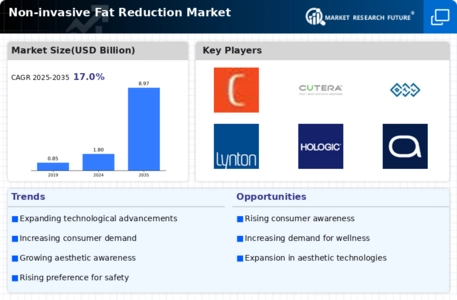
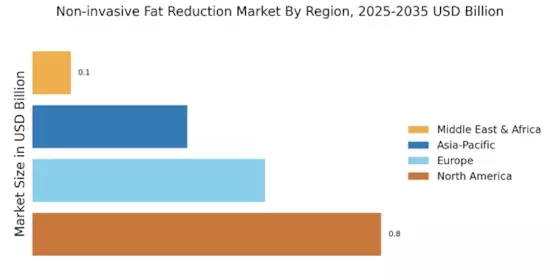
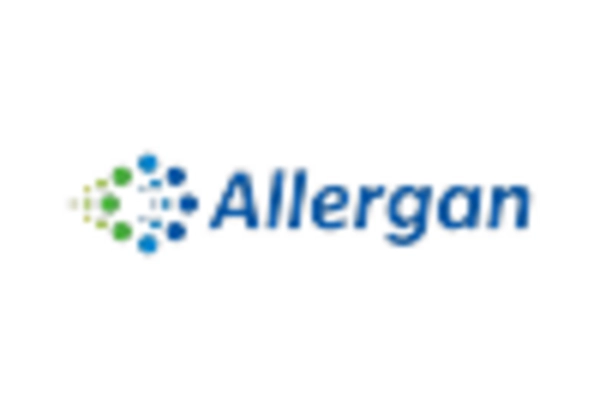
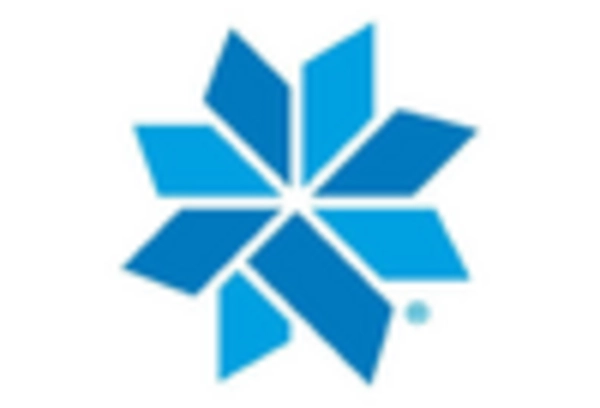
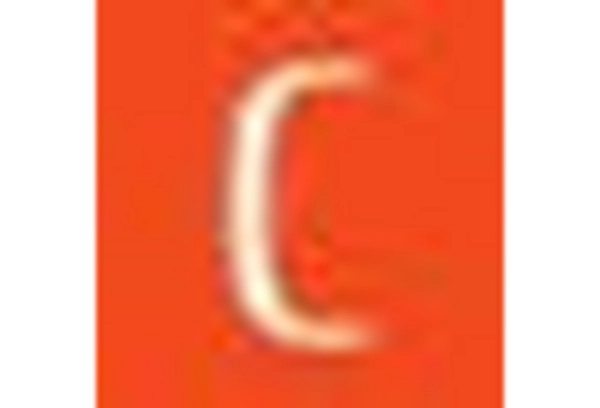
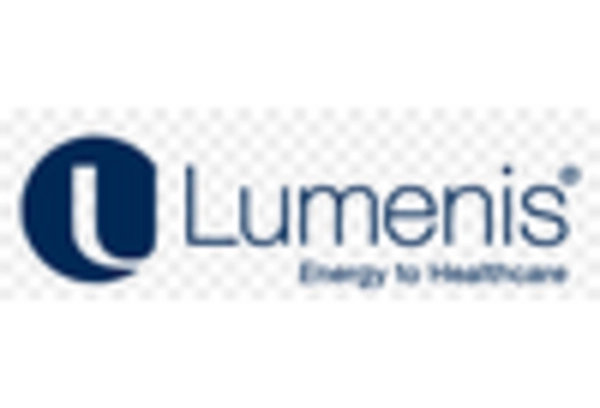
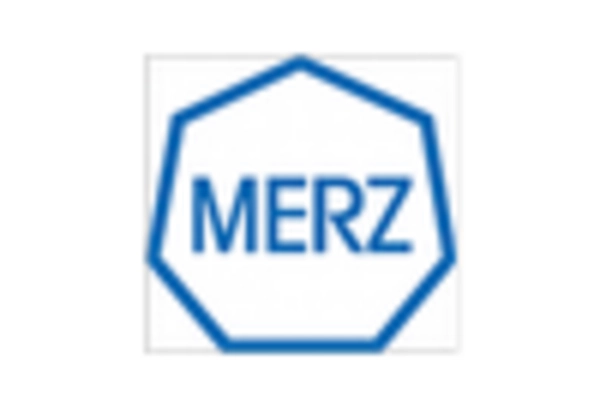
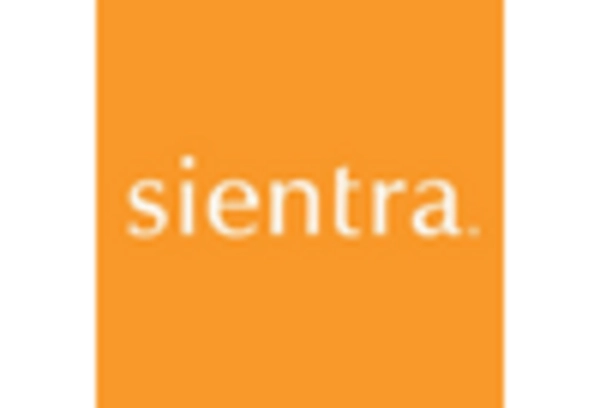








Leave a Comment